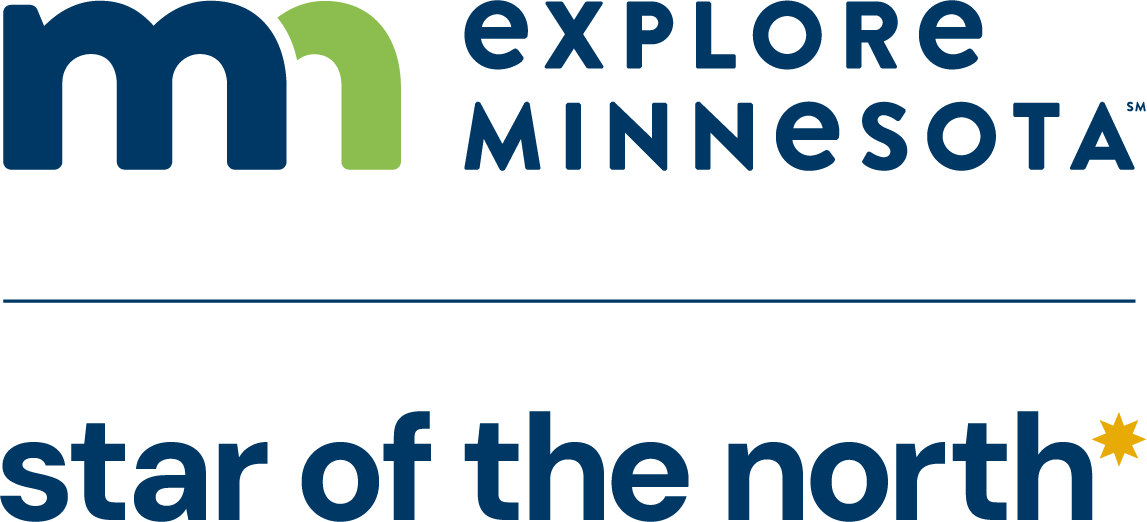The term “hub” gets thrown around a lot, mostly to reinforce the power and appeal of industrious cities. But how do we really define what “hub” means—and what a hub is in 2024? Once a performance indicator like growth in the tech industry or employment opportunities becomes a nomenclatural benchmark in the unofficial definition, room for other values and qualities becomes scarce. But in the past six years, what we find meaningful in our own lives has shifted considerably. According to the most recent polls, Americans are 76 percent likely to list multiple sources of meaning in their lives, including family, friends, material well-being, and occupation, along with health and hobbies. The best places to live should arguably be able to dynamically provide people with the things that, writ large, are meaningful to them and the times. So what would a hub that is able to afford Americans the opportunities to nurture each of these areas of their lives look like?
This place would, theoretically, need to have one of the lowest unemployment rates in the country, access to technology, a diversity of companies innovating in their industries, protected and accessible green space and wilderness, top-ranked medical institutions and access to health care, celebrated cultural diversity, highly rated educational institutions, and a stable—if not growing—economy. It’s a tall order, but the most surprising fact is that it exists: in Minnesota.
In October, the president named 31 emerging “hubs” in the US, and Minnesota made the list. That’s due in part to the fact that in recent years, the Star of the North has been consistently recognized among the healthiest and happiest in the country, as well as the least stressed. Arguably, that high quality of life is underpinned by an emphasis on technology and the democratization of it to further both industries and the lives of individuals. The state has the best internet access in the country, and STEM programs are taught in K-12 public schools. Funding for community tech education programs has put opportunities to expand skill sets into the hands of individuals. As those living and working in the state gain these skills, it inevitably trickles into the workplace, allowing companies to work with talent that is capable of pushing their company—and the industry they work in—forward.
Research shows that when that kind of dynamism exists within an urban area, more focus can be put on the things that matter in our everyday lives. The result? Quality of life soars.
“Over the years, I have witnessed the state’s commitment to cultivating successful lives and businesses by investing in what matters,” says Lauren Bennett McGinty, executive director of Explore Minnesota. “Whether it’s child and family well-being, our world-class public schools, innovative and successful small businesses, vibrant arts and culture, or our natural resources and infrastructure, Minnesota invests in its people, spaces, and communities.”
That funding, along with laws, policies, and value-driven communities has contributed to Minnesota’s ability to achieve its high quality of life and business stability. The state is home to 15 Fortune 500 companies across different industries. They have been responsible for inventing and developing technologies that have changed our world, such as the supercomputer, pacemakers, electronic autopilot, and micro-robots. These companies aren’t here because they relocated to the state, but because they were started here and were able to thrive and grow into the businesses they are today right where they were founded.
In a book about the economic phenomenon that Minnesota appears to be, research confirmed that the reason so many companies take root here and succeed is because the workforce is so good at what they do. That workforce is so good at what they do because they are able to work in management at stable companies that span across different industries without relocating to a new state. And they don’t want to relocate to other states because the quality of life is so high in Minnesota. When talent stays in an area and shifts between companies, these businesses, the talent pool, and the community all grow stronger. “What makes Minnesota unique is our Midwest culture, the people and relationships you build here, and the endless array of advancement opportunities in the Twin Cities and throughout the state,” says Deborah Roberts, the director of human resources at Polar Semiconductor. Roberts moved to Minnesota after graduating from college to pursue a career in 1984 and never left. “People drawn to innovation exist in every state and country, but here we have a unique culture of relationships that support families and social connections. With that, a strong workforce helps to match skills and interests with employment opportunities.”
This equation adds up to a sum that allows companies in a variety of industries a place to grow, like biomedical engineering company Boston Scientific, which is responsible for the advent of coronary stents and pacemakers. “We are looking forward to expanding our presence in Minnesota,” Brad Sorenson, executive vice president of global operations at Boston Scientific says. “The site of our new expansion will offer many amenities for our employees while supporting our company’s growth as it continues to bring treatment options to patients around the world.”
It also makes a difference in the everyday lives of the people who call Minnesota home. “We hear the stories of people who move here from their home state who rarely leave, and if they do, they can’t wait to come back,” says Bennett McGinty. “Similarly, we might see college students head out of state after graduation, but many of them find their way home after some time away. There’s a long hold that Minnesota has on a lot of hearts and families. It’s hard to pinpoint exactly what the draw is, but we know that access to nature, museums, theater, music, affordable housing, diverse communities, and safe neighborhoods are large contributors.”
It’s a distinction that can be felt across a lifetime due to bills, grants, and state- and city-level programming that impacts different aspects of day-to-day life. In 2022, the CHIPS and Science Act was signed into law, granting the Department of Commerce $50 billion to enact programs that invest in and revitalize American work in semiconductor research, development, and manufacturing. This program may seem a little obscure, but it has continued to fuel job growth and education programs.
“Our recent budget passage by the state legislature continues to help us lead,” says Bennett McGinty. “We are investing in key industries from agriculture to clean energy, protecting Minnesota’s health and safety by improving access to health care, creating housing to meet the needs of residents and investing in climate change mitigation, providing tax cuts for Minnesotans, and building safer roads and bridges with environmental stewardship and equity in mind.”
These kinds of efforts allow a region to begin future-proofing their communities, while also
strengthening them in real time. “It’s fun to see our people never willing to rest on their laurels and constantly trying to do something bigger and better than before,” Bennett McGinty adds. It also shores up the indisputable markers of a hub, which, according to the official, agreed-upon designations are: collaborative communities with entrepreneurial individuals at the center, diverse members with heterogeneous knowledge, facilitation of creativity and collaboration in physical and digital space, and localized global entrepreneurial culture. By that definition, Minnesota is a North Star example of a hub in 2024. The only question is, how much longer until everyone catches on?
Learn more about life in Minnesota here.

